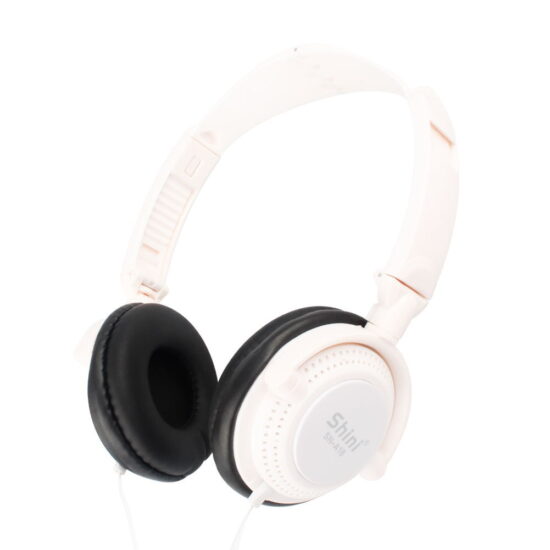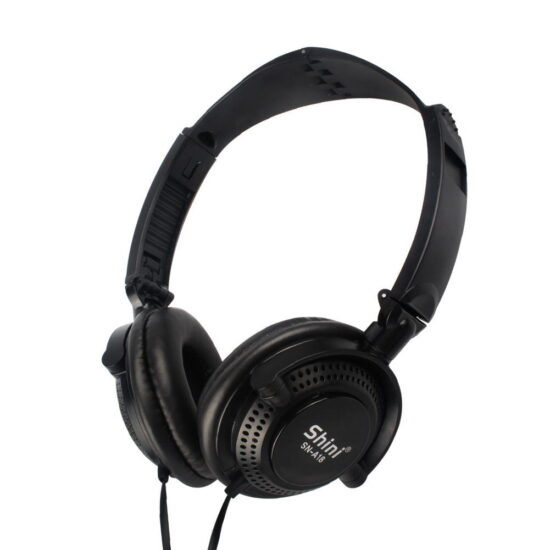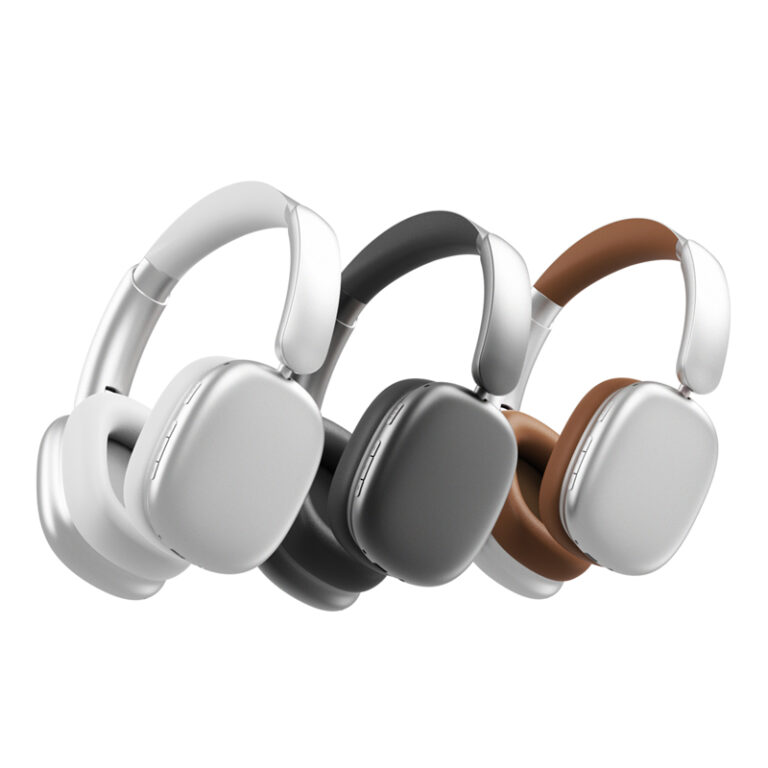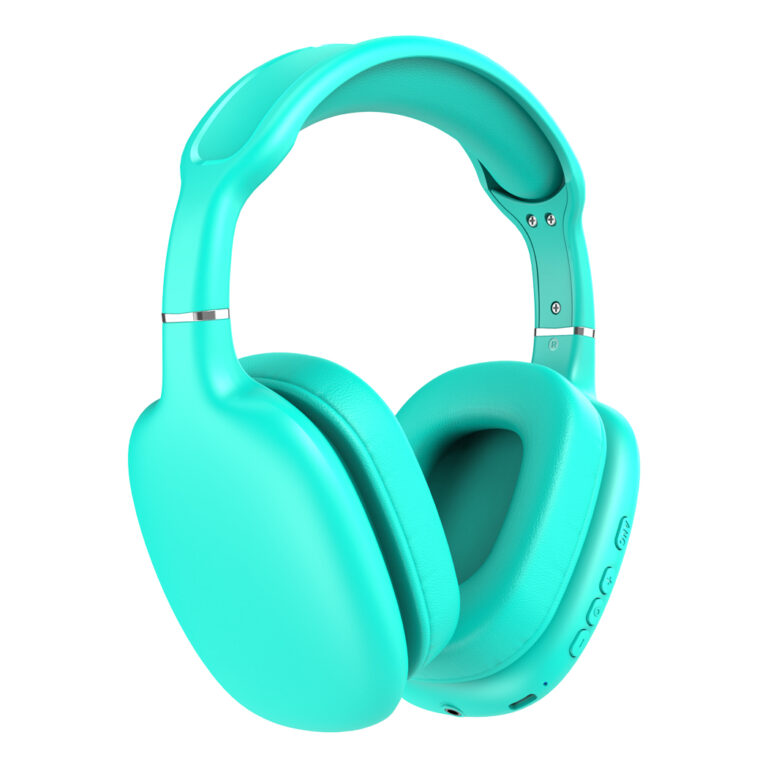jay@nbdho.com
How Our Headphones Supported Education Programs in Africa
In recent years, technology has become a crucial tool in transforming education worldwide, especially in underserved regions. One of our proudest achievements has been supporting an education program in Africa by providing high-quality headphones designed to enhance learning experiences for students in remote and resource-limited schools.
The education program aimed to improve literacy and language skills by integrating audio lessons into classroom teaching. Many schools in rural Africa face challenges such as lack of textbooks, qualified teachers, and interactive learning tools. Audio lessons, delivered via tablets or MP3 players, offered an innovative way to bridge these gaps. However, without proper headphones, students struggled with poor sound quality, distractions, and discomfort, which limited the program’s effectiveness.
Understanding this, we collaborated with the program organizers to supply durable, comfortable, and affordable headphones tailored for young learners. We focused on several design aspects to ensure the headphones met the unique needs of this environment: lightweight construction for easy wear over long periods, sturdy materials to withstand rough handling, and sound-isolating features to minimize classroom noise distractions.
Beyond design, we emphasized affordability and ease of maintenance. The headphones were produced to be cost-effective for bulk purchasing while maintaining excellent audio clarity. The simple design also allowed local schools to easily clean and repair the units, ensuring longevity and continuous use.
Training teachers and program coordinators was another critical component. We provided guidance on how to integrate headphone-based audio learning into daily lessons effectively. This approach helped teachers maximize student engagement, personalize learning, and monitor progress through listening activities.
Feedback from schools showed remarkable improvements. Students became more attentive and motivated, enjoying the interactive nature of audio lessons. Teachers reported better comprehension and pronunciation among learners, which translated into higher test scores and overall enthusiasm for learning.
Moreover, the headphone initiative supported gender equality by providing equal access to educational resources for boys and girls. In some communities, cultural barriers limit girls’ education, but technology-enabled programs with headphones helped create inclusive learning environments.
This project also highlighted the power of partnerships between manufacturers, educators, and NGOs. By working together, we could tailor solutions that addressed real-world challenges and empowered students to succeed academically despite resource constraints.
In summary, supplying quality headphones to an education program in Africa significantly enhanced audio learning effectiveness, boosted student engagement, and supported teachers in delivering better education. This experience underscores how thoughtful technology integration can make a meaningful difference in global education.





